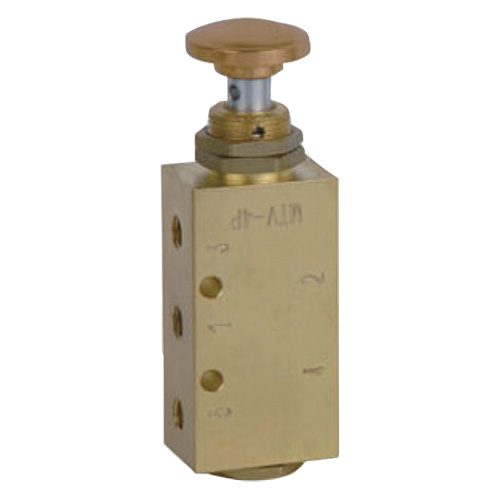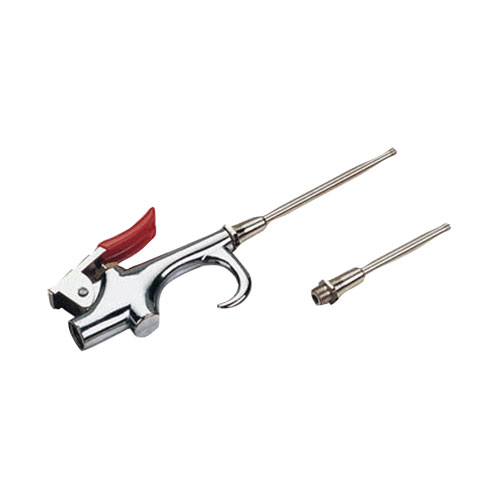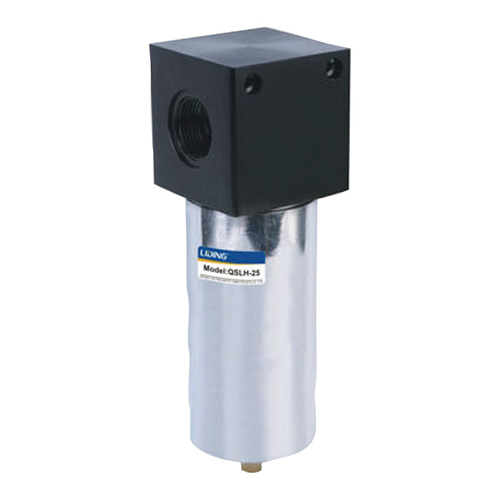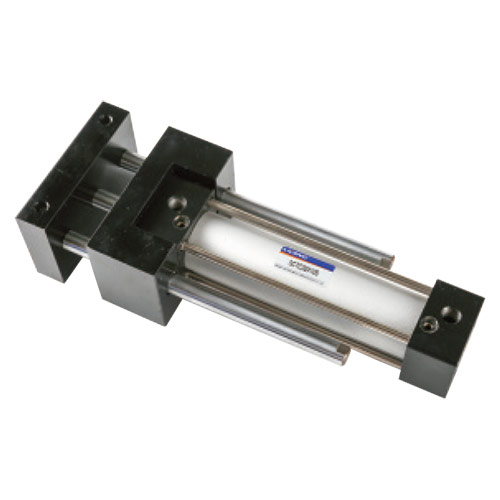Keeping Pneumatic Systems Efficient in Manufacturing
Pneumatics serve a number of functions in everyday life […]
Pneumatics serve a number of functions in everyday life, especially when it comes to industrial applications. Because of their ability to provide pressurized power in a cheaper, more flexible, safer and more efficient manner than using a large number of actuators and electric motors, pneumatics are often used in manufacturing settings.
For manufacturers that rely on pneumatics they count on their operations to remain efficient, with as little downtime as possible. One of the ways manufacturers ensure reliability is through the use of valve terminals. A benefit of valve terminals is they require less stand-alone valves and substantially less wiring than traditional systems.
Efficient pneumatic systems also reduce costs for manufacturers by lowering energy costs. In terms of industrial electrical energy usage, compressed air generation accounts for nearly 10 percent of all energy usage. Increasing efficiency lowers the cost of production, which in turn assists in the overall sustainability of production. The energy usage in pneumatic systems can be examined by two different viewpoints. It can be viewed as electrical energy usage in the generation and treatment of compressed air, or as its consumption by end-user devices.
A key way to ensure the most energy efficiency in a pneumatic system is to ensure there are no leaks. A leak is easy to spot in hydraulic systems, as fluid would be visible, but an air leak is much more difficult to detect. The hiss of an air leak is easy to miss in a factory setting with the normal noises of production machinery. Air leaks cause a need to use more power and as a result, energy costs rise. A plant can lose up to 30 percent of its compressed air if there are ineffectively maintained pipe joints, couplings or fittings.
There are a number of areas to look for leaks within a pneumatic system. For example, old pipework can lose air through corroded joints. Another common escape route for air in the system is through fittings that have become loose. To ensure fittings stay tight, be sure excessive strain has not been placed in the fittings. A system is bound to go through wear and tear through daily use, but through close monitoring plant managers can ensure everything is working to the best of its ability.
In order for manufacturers to perform to their best ability, we should consult an experienced manufacturer of pneumatic systems. With proper care and monitoring a well-made, efficient pneumatic system will continue to perform well for years.Ningbo Lida Pneumatic Complete Sets Co., Ltd. is founded in 1994, is professional to provide customers the pneumatic execution, direction control, air source treatment, and all kinds of auxiliary services and personalized solutions. We have been listed as national high-tech enterprises, the national technology innovation fund, the national liquid air industry association governing units.Our website:https://www.nblida.com/








